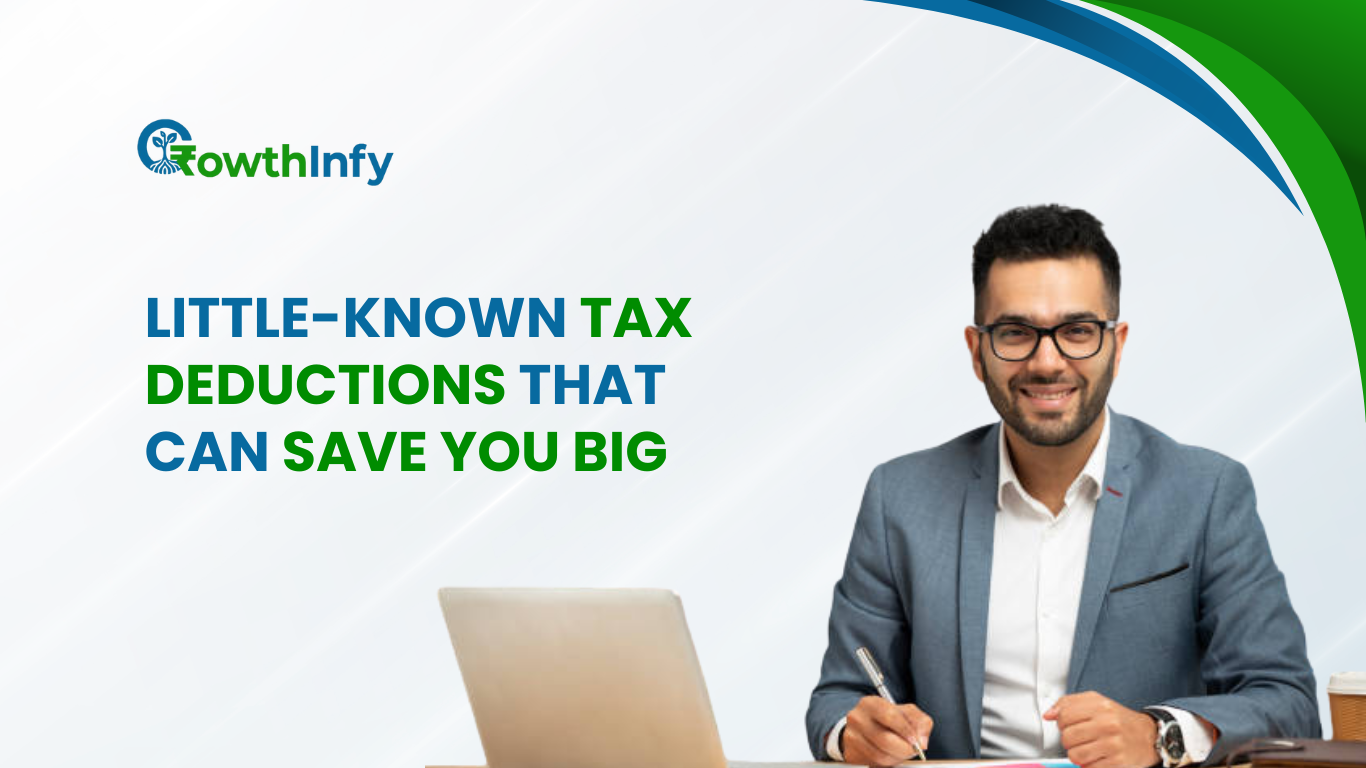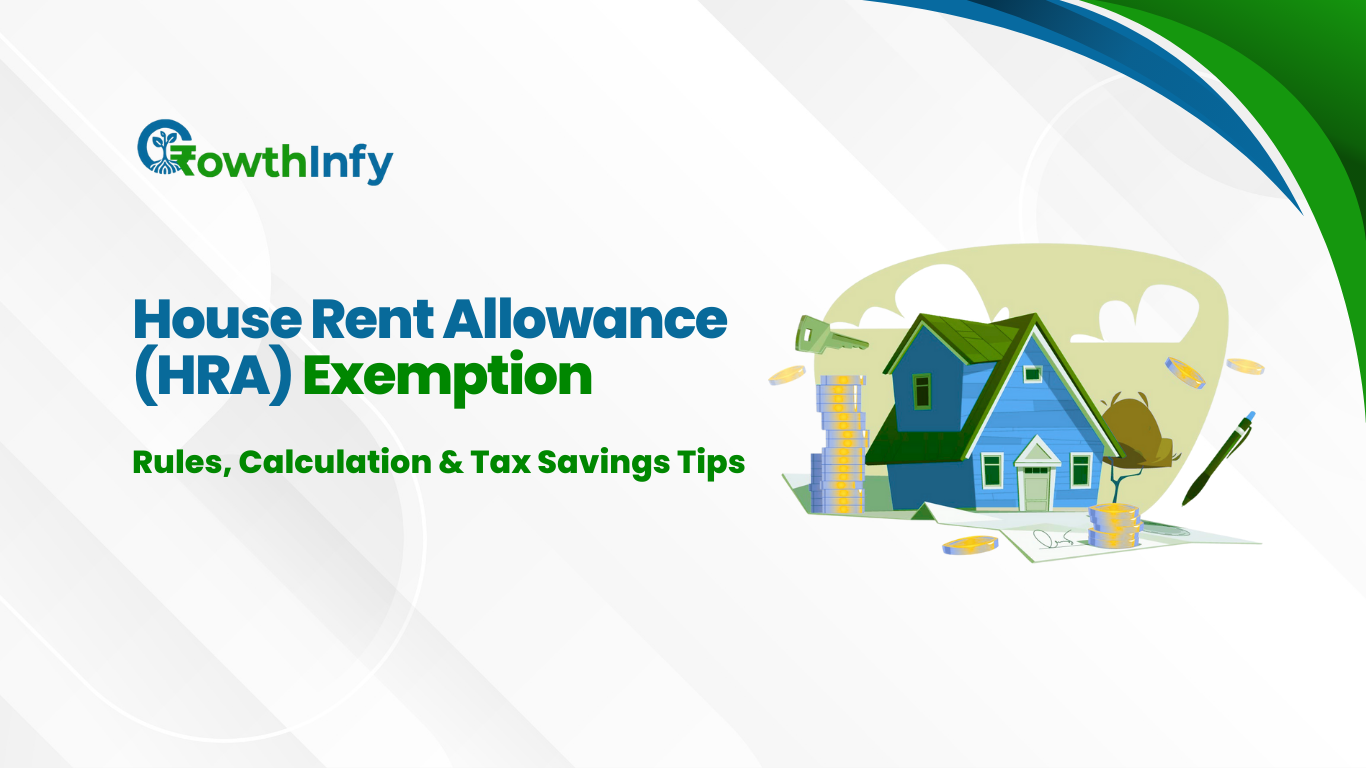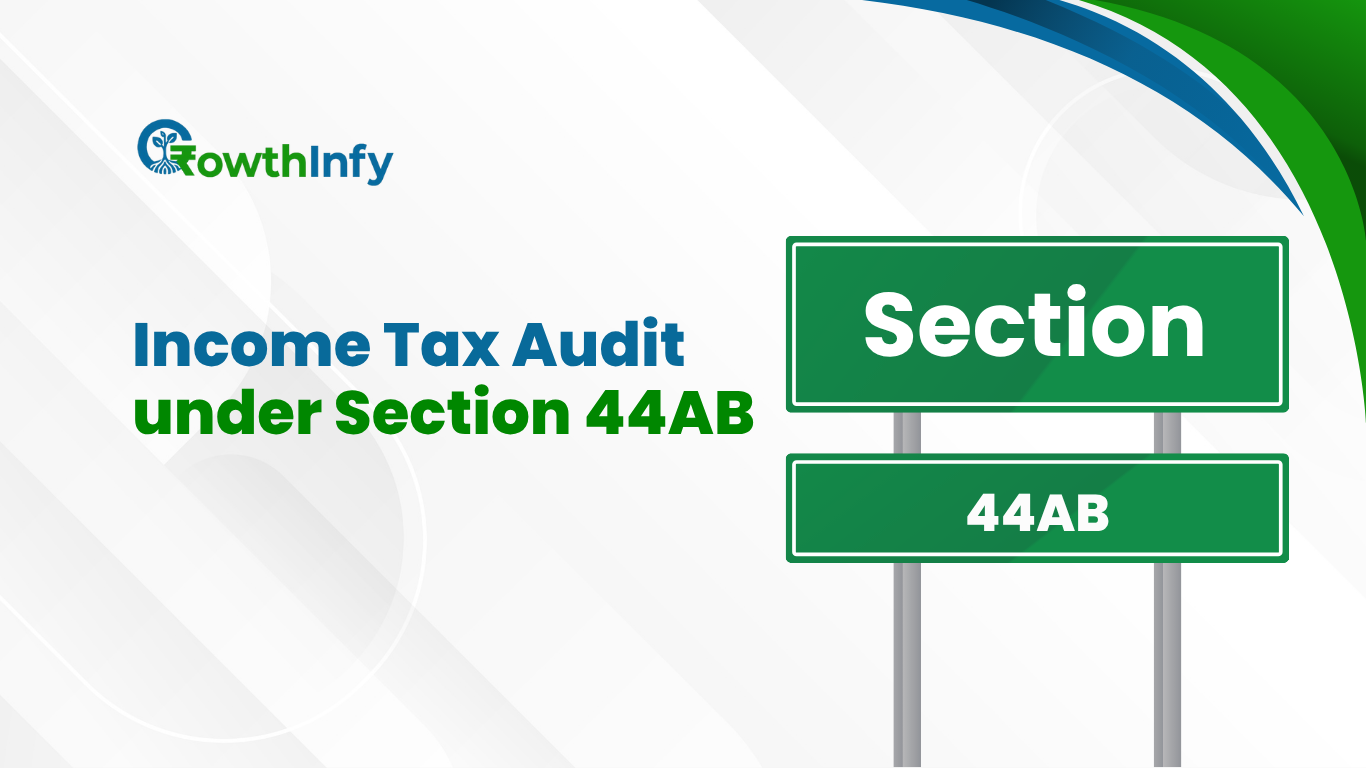Income Tax Secrets: Deductions You Didn’t Know Existed
Income tax deductions are deductible expenses that you can subtract from your taxable income, thereby reducing the amount of tax you have to pay. The deductions are addressed in Chapter VI-A of the Income-tax Act (Sections 80C to 80U) with respect to investments, expenses, and donations. With the advent of the new tax regime, it may seem like the deductions are limited and not as beneficial. If you have substantial investment/expense this is not true in the old tax regime as you will benefit from a wider range of deductions.
Taxpayers can now select between the old and new regime for FY 2025-26. In the old tax regime you could claim deductions for home loans, medical expenses, qualified donations and other deductions, while in the new tax regime, you could only claim a few like the standard deduction of ₹75,000 for salaried individuals.
Why Explore Lesser-Known Deductions?
Most taxpayers pay only attention to the more popular deductions benefits which include Section 80C (up to ₹1.5 lakh investment in PPF, ELSS, or life insurance) but there is a lot of tax saving opportunities in lesser-known deductions available. Most of these lesser-known deductions are incentives for savings, public purpose, and some specific expenses, and are often neglected due to ignorance.
By reviewing the lesser-known deductions, salaried individuals, professionals, and businesses aspiring to reduce their tax burden, can find new ways to tax plan. Let‘s outline a number of these lesser-known opportunities.
Lesser-Known Income Tax Deductions for FY 2025-26
1.Section 80DD: Medical Treatment of Dependents with Disability
Section 80DD permits deductions for amounts spent on the medical treatment, training, or rehabilitation of a dependent with a disability. With respect to FY 2025-26 you may claim ₹75,000 for a disability of 40%, and ₹1,25,000 for severe disabilities (80% or more). Dependents include: spouses, children, parents or siblings and the disability needs to be certified by a medical authority.
To claim, you will need to file Form 10-IA with your income tax return. This deduction can provide great relief for families who are carrying for dependents that have a disability.
2. Section 80DDB: Treatment of Specified Diseases
As per section 80DDB, taxpayers are allowed to deduct their medical expenses for certain diseases like cancer, AIDS, or kidney failure. You can deduct ₹40,000 for individuals less than 60 years of age and ₹1,00,000 for seniors. You will need a prescription from a specialist to claim this deduction, which can be an advantageous option for those encumbered with expensive medical bills.
This deduction is frequently overlooked as taxpayers may not be aware of which diseases qualify. You can refer to the Income Tax Act, and there will be a list of eligible diseases.
3. Section 80GGB and 80GGC: Donations to Political Parties
Donations to registered political parties or electoral trusts can be claimed as deductions under Sections 80GGB (for companies) and 80GGC (for individuals). Deductions are available for the entire amount of the donation as long as the donation is made in a non-cash mode of cheques or electronic payments. This promotion of transparency in political funding, as well as a deduction under tax law, is essential.
Donations must be properly documented (receipts, etc) to substantiate the claim with respect to ITR filings, but this remains a less–publicized and underappreciated way of supporting political causes while saving on taxes.
4. Section 80RRB: Royalty Income from Patents
Resident individuals who are patentee(s) can claim a deduction under Section 80RRB on royalty income from registered patents of up to ₹3,00,000 in a financial year. The patent(s) must be registered on or after 1 April 2003. They can make good use of this deduction as it is available for innovators and inventors who have started earning money from any of their intellectual property.
To make the claim, the patent must be registered under the Patents Act, 1970. This provision not only encourages innovation, but provides a large tax concession.
5.Section 80QQB: Royalty Income for Authors
Authors will be able to claim a deduction of up to ₹ 3,00,000 under section 80QQB for royalty or copyright income earned from books (other than textbooks or guides) if they earn a royalty or copyright income from their books. This deduction is a great tax deduction for writers of literary works.
Be sure to keep documentation of any royalty agreements and make sure that you are receiving income from a literary work to be able to claim this deduction. It is a unique deduction that will help creative professionals reduce taxable income.
6.Section 80TTB: Interest Income for Senior Citizens
Senior citizens who are 60 years and above may claim a deduction of up to ₹50,000 for interest on their deposits with banks, post offices, or cooperative banks under Section 80TTB. TDS is also not deducted on up to ₹50,000 of interest earned by senior citizens, making the tax compliance easier. This is an important deduction for older taxpayers.
7. Section 80U: Deduction for Persons with Disability
A taxpayer with a certified disability can claim a deduction under Section 80U. The deduction limit is ₹75,000 for 40% disability and ₹1,,25,000 for severe disabilities (80% or more). Unlike Section 80DD, this deduction is for the taxpayer and not dependents. A taxpayer will have to file Form 10-IA in order to claim this deduction.
This provision is important as it aims to help individuals with disabilities avoid financial addresses and relieve their tax liability.
8. Section 80E: Interest on Education Loan
Interest paid on loans for higher education (for self, spouse or children) is fully deductible under Section 80E. There is no upper limit, however, the claim has to be made for a maximum of eight years or until the interest is repaid, whichever comes first.
This deduction acts as a relief for families that have taken a loan to fund their education as it reduces the overall cost of the loan by allowing the deduction of interest costs in the hands of the borrower.
Maximising Deductions: Tips for Taxpayers
To optimize the above deductions, keep the following in mind:
- Select Ideal Tax Regime: Visit the Income Tax Department’s calculator and compare both the old and new tax regimes so you have an idea of which regime would be better for you. The old regime is favourable if you would like to claim a substantial amount of deductions.
- Keep Records: You should record your receipts, medical certificates, and loan agreements so that you can prove your deductions.
- File Form 10-IA for deductions: Deductions like 80DD and 80U require Form 10-IA to be filed, as this will ensure there are no issues with your ITR processing.

Old vs New Tax Regime: Which Offers More Deductions?
The old tax regime has a variety of deductions, including various deductions in Sections 80C, 80D, 80DD and 80U and thus is preferable for taxpayers with a lot of expenses or investments. The new tax regime has the few limited deductions such as the standard deduction of ₹75,000 for salaried individuals, and ₹25,000 for those that receive a family pension.
For FY 2025-26 the tax-free limit in the new regime is ₹12.75 lakh for salaried individuals (after the standard deduction), but otherwise does not give Chapter VI-A deductions. If your deductions are really high above ₹3.5 lakh, then the old tax regime would potentially be superior.
For detailed insight read our article : Why opt for the New Income Tax Regime?
Common Mistakes to Avoid
- Missing Deadlines: File your ITR by 15 September (non-audit cases) or 31 October (audit cases) to claim deductions.
- Not Verifying Eligibility: Ensure you meet conditions, like non-cash donations for 80GGC or certified disabilities for 80DD.
- Ignoring Small Deductions: Even minor deductions, like interest on savings accounts, can add up.
Conclusion
Fall–related income tax deductions under Sections 80DD, 80DDB, 80GGB, 80GGC, 80RRB, 80QQB, 80TTB, and 80U can provide significant tax benefits in the hands of the taxpayer for FY 2025-26. Taxpayers in India can use these sections to increase the effectiveness of their financial planning and decrease their income in order to tax the taxable amount. Whenever there is a new income tax regime, and whether or not one elects to use the new regime is important to compare the old and the new to get the best tax deduction.





